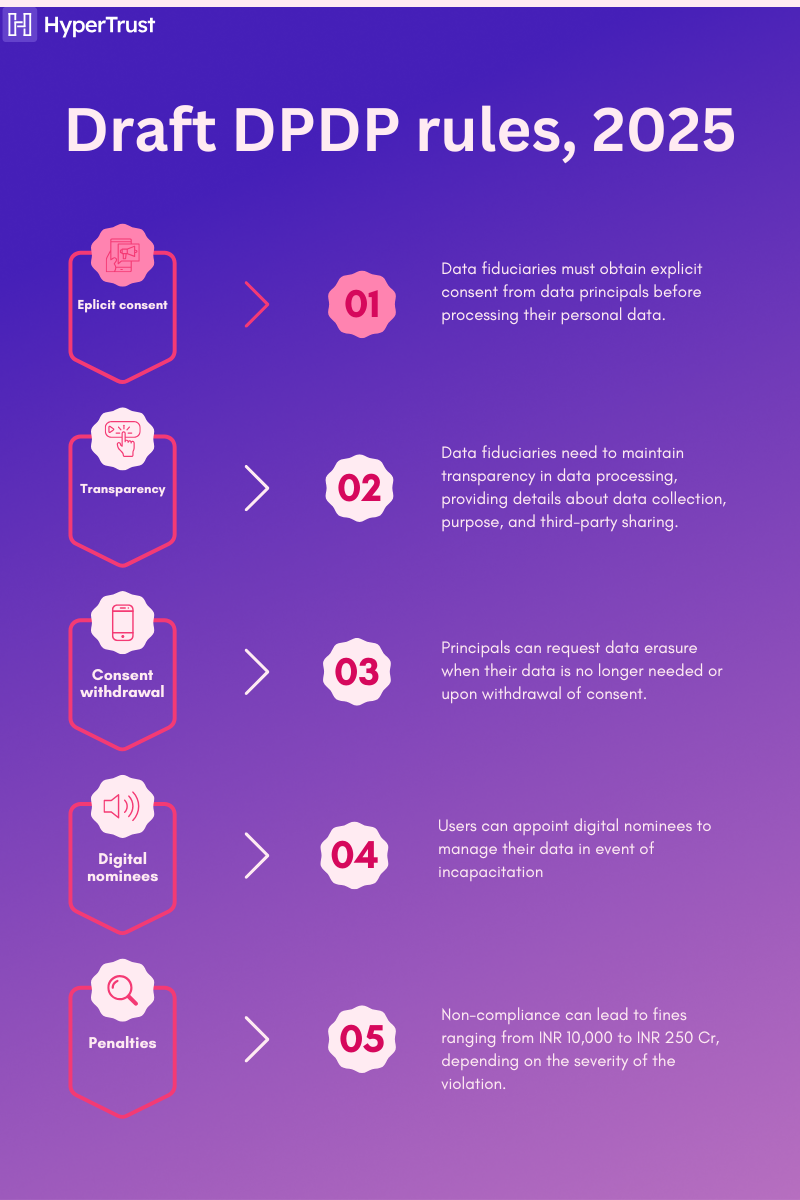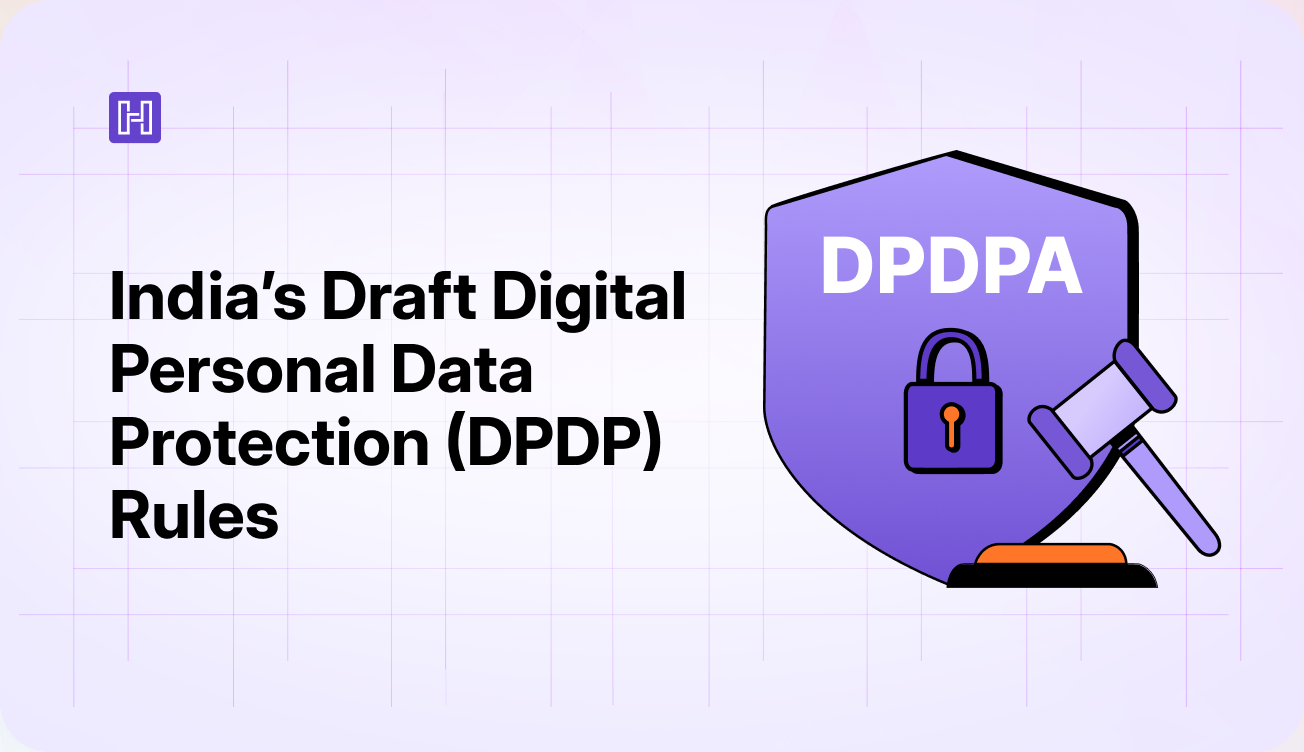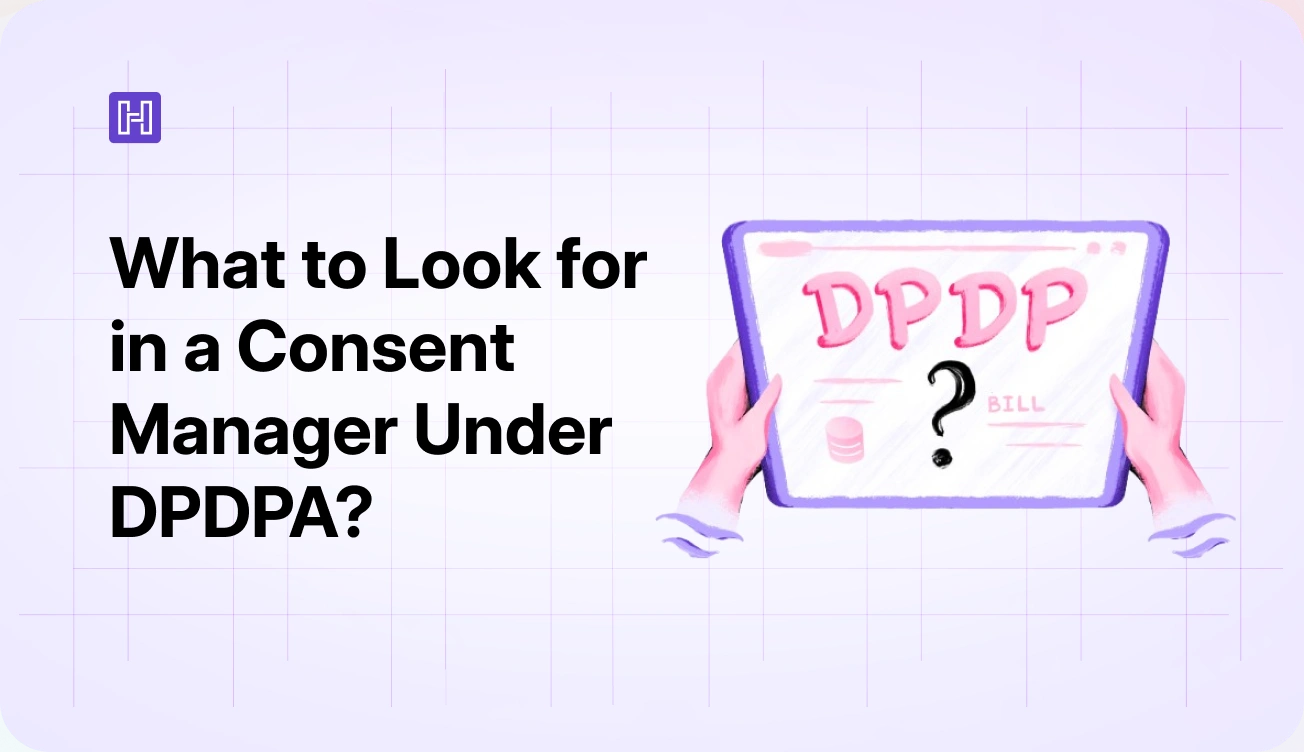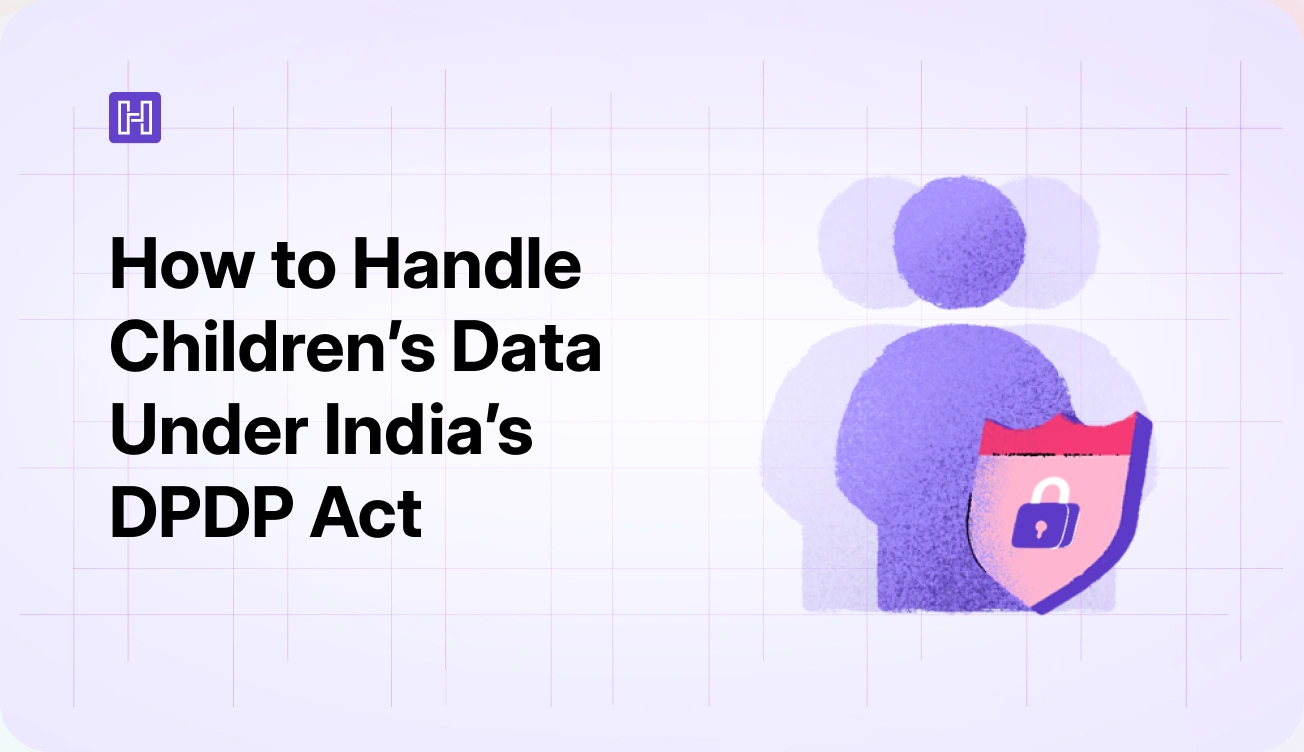On January 3, 2025, India’s Ministry of Electronics and Information Technology (MeitY) released the Draft Digital Personal Data Protection Rules (DPDP Rules) under the Digital Personal Data Protection Act, 2023. These rules aim to create a clear framework for how personal data is collected, processed, and protected in India.
The draft outlines 22 provisions and seven schedules, focusing on key areas like consent management, data security, and breach notifications. For example, companies must obtain explicit consent before collecting personal data and inform individuals about how it will be used. The rules also mandate that data breaches be reported within 72 hours, with penalties for non-compliance.
The government has opened the draft for public consultation until the first week of March 2025, inviting feedback via the MyGov portal. This step ensures that stakeholders—businesses, tech experts, and citizens—can contribute to shaping the final regulations.
The DPDP Rules come at a critical time. With over 750 million internet users and rising cyber threats—India reported 1.6 million cyberattacks in 2023—the rules aim to strengthen data security and empower individuals with greater control over their information.
In this article, we’ll break down the key aspects of the DPDP Rules, their implications for businesses and individuals, and how they could transform India’s data protection landscape. Whether you’re a tech professional, business owner, or concerned citizen, understanding these rules is essential in today’s data-driven world.
Key features of the draft DPDP rules
The Draft DPDP Rules introduce a structured framework for data protection, outlining the responsibilities of data fiduciaries and the rights of data principals. These provisions aim to create transparency, accountability, and effective mechanisms for safeguarding personal data.
Here’s a breakdown of the most important features in the draft rules:

Data fiduciary obligations
Data fiduciaries must obtain explicit consent from data principals before processing their personal data. This process involves clear, unambiguous communication on how the data will be used.
Additionally, data fiduciaries are required to maintain transparency in their data processing activities, providing details about data collection, purpose, and third-party sharing. The draft rules also mandate the implementation of robust security measures to protect the data against breaches and unauthorised access.
Rights of data principals
The rights of data principals have been clearly outlined. Principals can request data erasure when their data is no longer needed or upon withdrawal of consent. The rules also introduce the appointment of digital nominees, enabling individuals to appoint someone to manage their data in the event of incapacitation. There are provisions for grievance redressal, ensuring that data principals have accessible mechanisms to address any concerns.
Furthermore, the Data Protection Board (DPB) will be established to adjudicate complaints related to data processing practices.
Functions and responsibilities of the DPB
The DPB will operate using a digital-first approach, providing efficient, online mechanisms for addressing complaints and disputes. It will handle cases related to violations of data protection rights, imposing penalties as appropriate.
The DPB will play a vital role in enforcing compliance and maintaining a balance between protecting individuals’ privacy and enabling legitimate data use.
Penalties for non-compliance
Non-compliance with the DPDP Rules can lead to fines ranging from INR 10,000 to INR 250 Cr, depending on the severity of the violation. Beyond financial penalties, businesses could face reputational risk, which could damage trust and affect customer relationships.
In extreme cases, businesses may even face closure, especially if the violation poses a significant risk to data principals’ privacy. The penalties are designed to motivate companies to adopt robust data protection practices while discouraging negligence.
Balancing innovation and regulation
The Draft DPDP Rules establish a comprehensive framework that encourages digital innovation while prioritising robust data privacy measures.
The approach balances economic development with the protection of personal data, addressing the challenges of regulatory oversight without stifling progress.
Encouraging economic growth while safeguarding personal data
The rules recognise that economic growth and data privacy must coexist. They mandate that data fiduciaries implement strict data protection measures, such as purpose limitation and consent-based data collection. These measures create a secure environment for data processing while building public trust.
By mitigating risks like data breaches and misuse, the Rules create a foundation for sustainable innovation across industries, fostering digital transformation without compromising security.
Reduced compliance burdens for startups and MSMEs
Startups and MSMEs have limited resources to handle extensive compliance processes. The draft rules introduce graded compliance requirements based on organizational size and data volume.
Smaller entities face simplified reporting structures and fewer obligations, such as reduced audit requirements. This ensures data protection adherence while allowing businesses to scale operations efficiently. For instance, startups may only be required to appoint a grievance officer rather than an entire data protection team.
Provisions for sector-specific data protection measures
Industries with distinct data requirements, such as healthcare and banking, benefit from tailored data protection guidelines under the rules. For example, critical data like health records may require advanced encryption protocols and restricted access policies. These sector-specific provisions allow fiduciaries to meet compliance standards without applying a standard model.
The government also allows collaboration with industry bodies to develop best practices that suit each sector’s unique operational challenges, enhancing both flexibility and accountability.
| Protect your data and stay compliant with DPDPA! Schedule a demo now! |
Digital-first approach in data governance
The Draft DPDP Rules adopt a digital-first approach, prioritizing automation and technology to streamline data governance processes. This method integrates advanced digital tools into every aspect of compliance, ensuring efficiency and accessibility in safeguarding personal data.
Implementation of digital consent mechanisms
The rules require fiduciaries to deploy consent mechanisms built on structured digital frameworks. For example, explicit consent must be obtained through standardized, unambiguous prompts, allowing users to accept or reject data collection.
Consent requests must include details about the purpose, data categories involved, and the retention period, ensuring transparency. Fiduciaries must also use cryptographic techniques to securely store consent records, preventing tampering or unauthorized access.
Additionally, data principals can revoke consent through a single-click mechanism, with fiduciaries required to process revocations immediately and confirm the action electronically.
Online grievance redressal systems
Online grievance systems are a mandatory feature under the Draft DPDP Rules. Fiduciaries must establish interactive platforms where data principals can report misuse or breaches.
Each grievance must be acknowledged within seven days and resolved within a predefined period, with escalation protocols embedded for unresolved cases. These systems integrate automated case tracking, status updates, and secure messaging for seamless communication between users and fiduciaries.
Furthermore, fiduciaries are obligated to maintain audit trails for grievances, enabling the DPB to monitor compliance during periodic reviews or investigations.
DPB’s functioning as a digital office
The DPB operates as a fully digital entity, leveraging technology to manage submissions, case handling, and enforcement procedures efficiently. Its digital infrastructure ensures seamless processing and accessibility for stakeholders, promoting a modern approach to data governance.
Some of the key features of the DPB’s digital operations include:
- Digital complaint management: All submissions are processed electronically, with unique identifiers assigned to track cases. Automated workflows sort complaints by severity, ensuring prompt attention to critical issues
- Data analytics for risk management: Advanced tools analyze trends in breaches and systemic risks, providing insights to refine compliance guidelines and anticipate emerging challenges
- Virtual hearings: Stakeholders present their cases through online platforms, eliminating the need for physical appearances while maintaining inclusivity for entities of all sizes
- Continuous policy improvement: Insights derived from digital case reviews and analytics support the evolution of compliance frameworks, ensuring policies remain effective and relevant
Stakeholder engagement and feedback
The government’s approach to drafting the Digital Personal Data Protection Rules reflects a commitment to inclusivity. In order to ensure that the new rules cater to all stakeholder interests, the Ministry of Electronics and Information Technology (MeitY) has actively sought feedback. This engagement process allows a variety of parties—businesses, privacy advocates, and tech companies—to voice their opinions and concerns, thus fostering a collaborative law-making process.
Stakeholders can submit their suggestions and objections via the MyGov portal until the first week of March 2025. This platform provides a direct channel for the public and private sector to participate in the development of the rules. Given the importance of the DPDPA in shaping the data protection landscape, the consultation process is a pivotal part of refining the regulations.
Once the consultation period concludes, MeitY will review all feedback and evaluate proposed changes. Based on this, the government will likely adjust the draft rules to accommodate emerging needs and concerns, ensuring the final regulations are both practical and legally sound. The post-consultation phase will mark the transition toward the formal adoption of these rules, influencing how businesses will manage data privacy and security in the coming years.
Next steps
As we look ahead, the next steps in the process of finalizing the DPDP Rules will shape the future of data privacy in India. The government will review the feedback received during the consultation period and may adjust the rules to ensure they are practical and effective. These changes will significantly impact how businesses handle personal data, making compliance an ongoing priority.
For businesses, now is the time to start preparing for the regulatory shift. The finalized DPDP Rules will require major updates to consent management, data security, and individual rights. Early preparation will give businesses an advantage when the rules are fully enacted.
While these changes may seem challenging, the right tools can simplify compliance. HyperTrust, designed with an India-first approach, integrates DPDPA-specific features while remaining compatible with global privacy frameworks like GDPR and CCPA. The platform streamlines data privacy management and enhances transparency in handling user data, making compliance more manageable.
Ready to take the first step toward secure, compliant data practices? Schedule a call with HyperTrust and start transforming how you manage consent today.
Frequently Asked Questions
1. What is the compliance of DPDP?
The Digital Personal Data Protection (DPDP) Act mandates organizations, termed as Data Fiduciaries, to process personal data responsibly. Compliance includes obtaining explicit consent, implementing security safeguards, ensuring data processing transparency, and addressing data principals’ rights like erasure and grievance redressal. Non-compliance can result in graded penalties based on the severity of violations.
2. What are the three rules of the Data Protection Act?
The DPDP Act operates under three foundational principles:
- Lawful processing: Organizations must process data only for legitimate purposes and obtain explicit consent
- Data protection by design: Organizations must implement robust technical and organizational measures to protect personal data
- Rights and accountability: The Act ensures individuals’ rights to data protection and enforces accountability for data fiduciaries
3. What is the applicability of the DPDP Act?
The DPDP Act applies to the processing of digital personal data within India, regardless of where the data fiduciary is located. It also applies to data processing outside India, provided it involves offering goods or services to individuals in India. However, the Act exempts manual processing and non-automated data.
4. How many rights are in DPDPA?
The DPDPA provides six primary rights to individuals, also called Data Principals. These include:
- The right to access information
- The right to correction and erasure of personal data
- The right to data portability
- The right to consent management
- The right to nominate a digital heir
- The right to grievance redressal through the DPB





